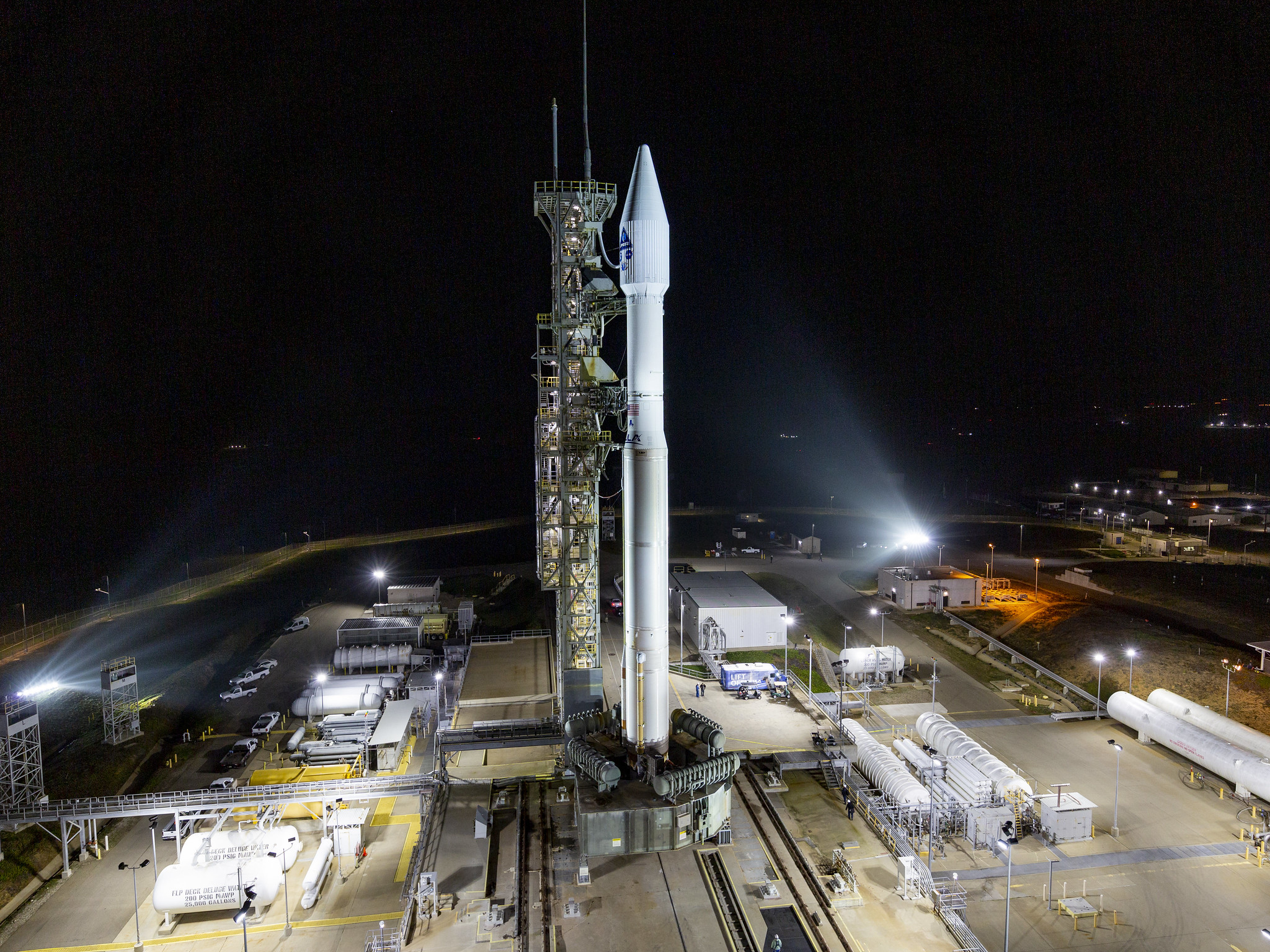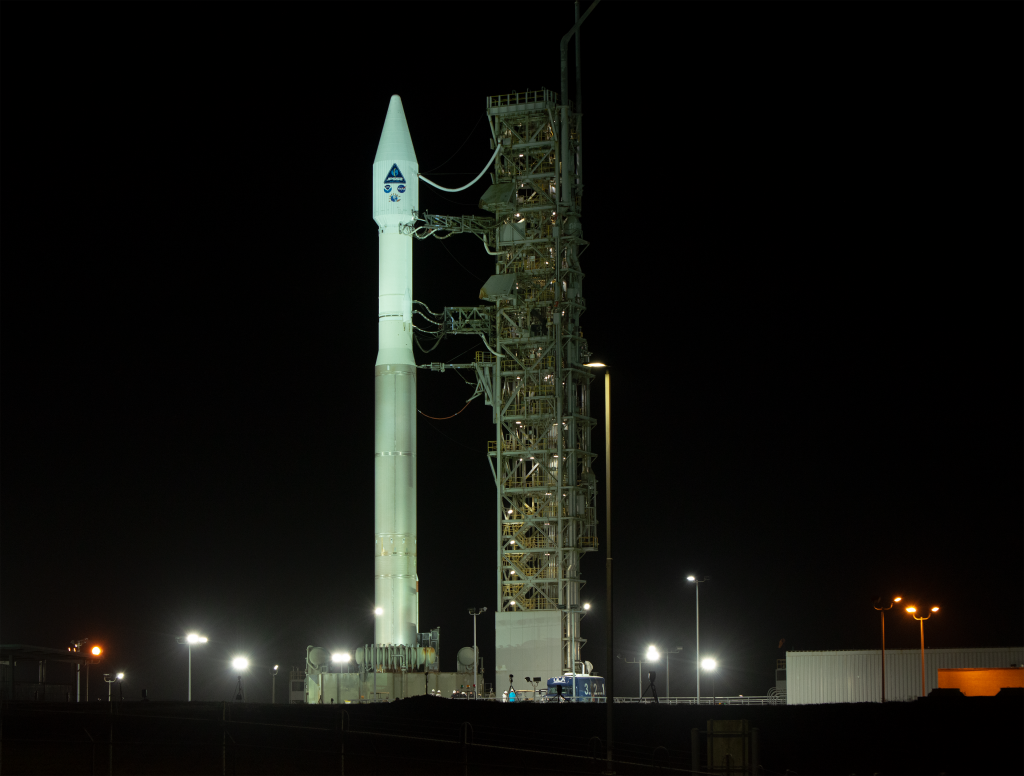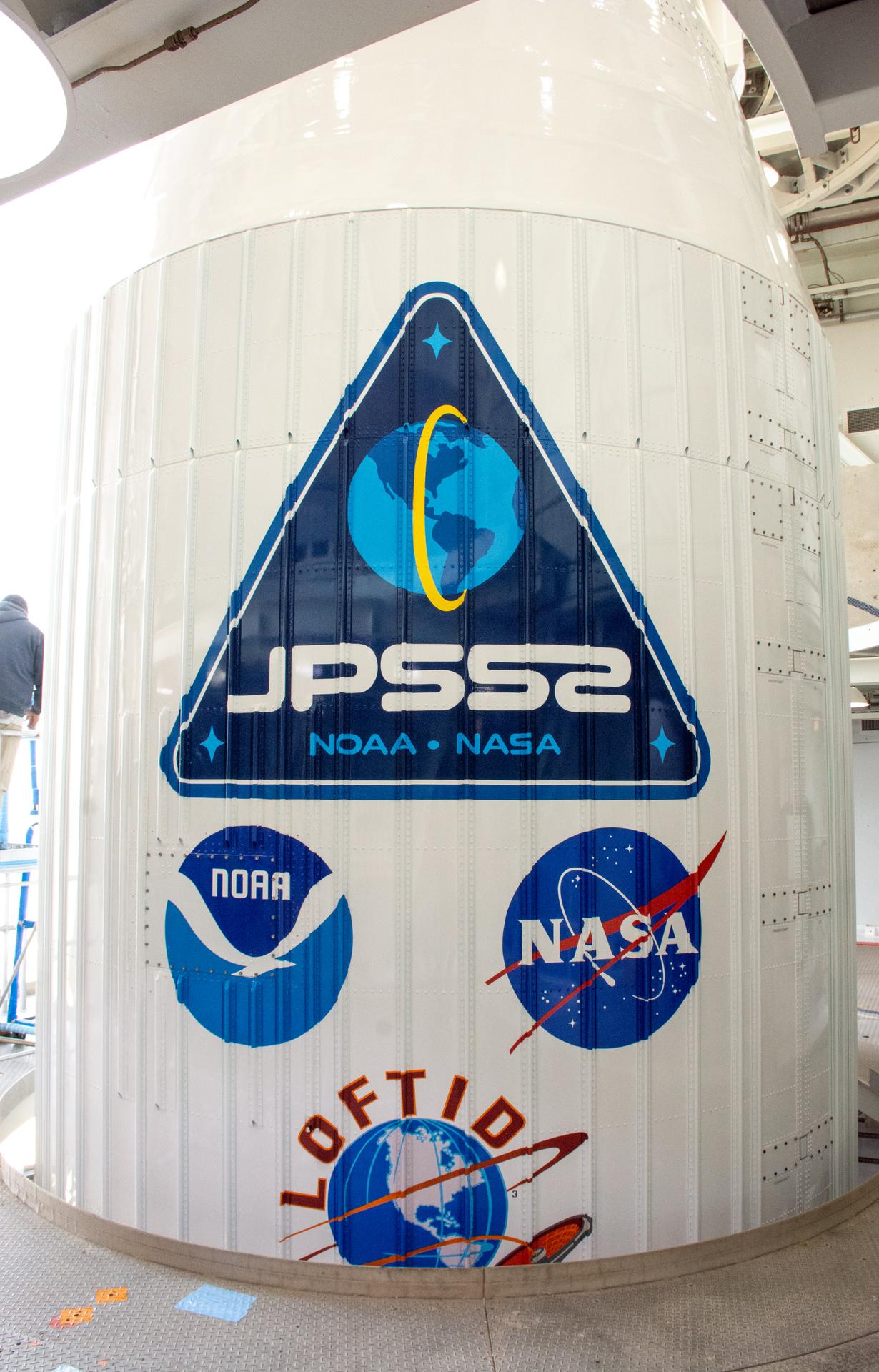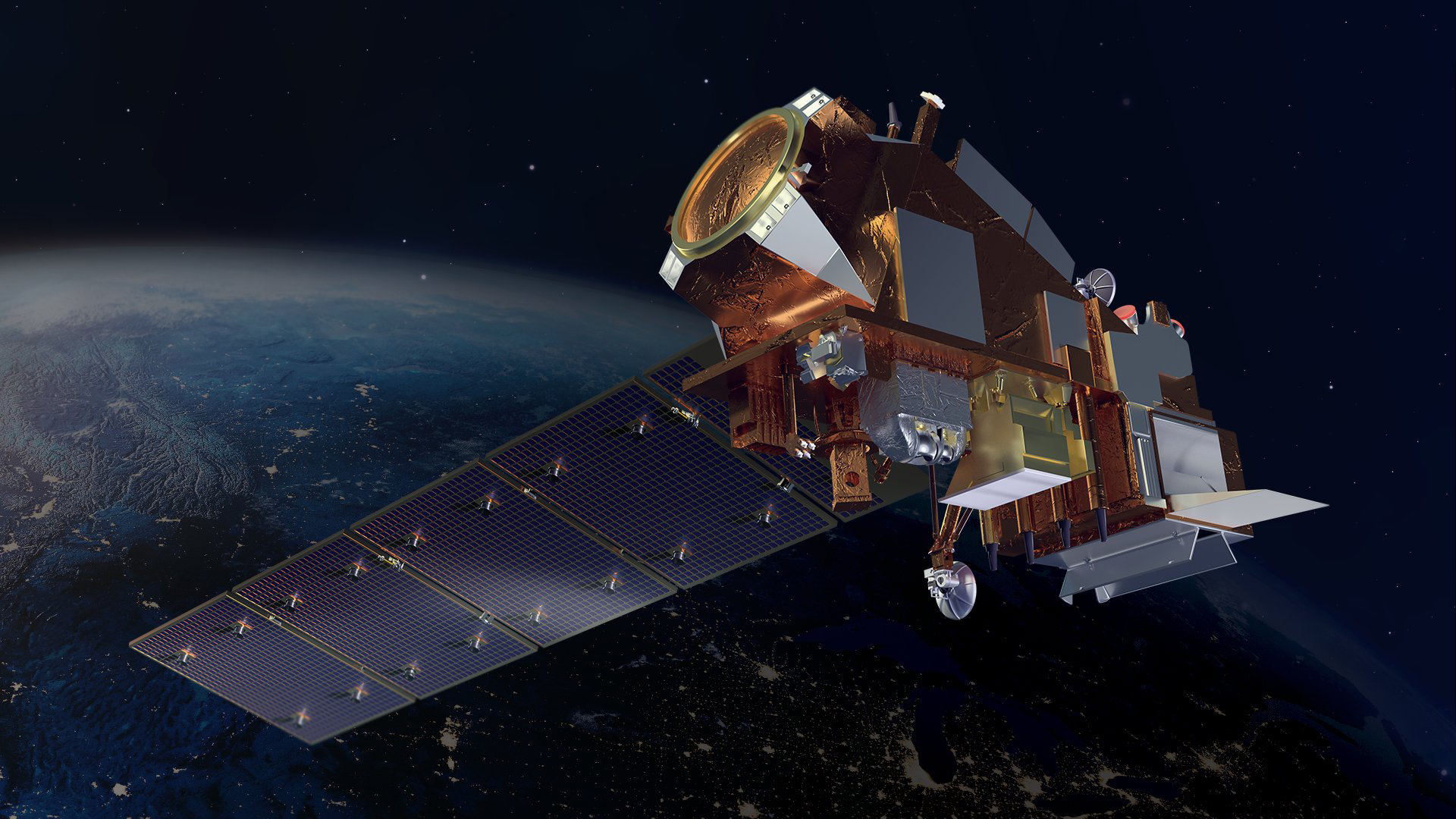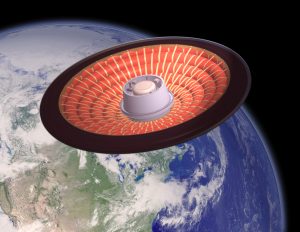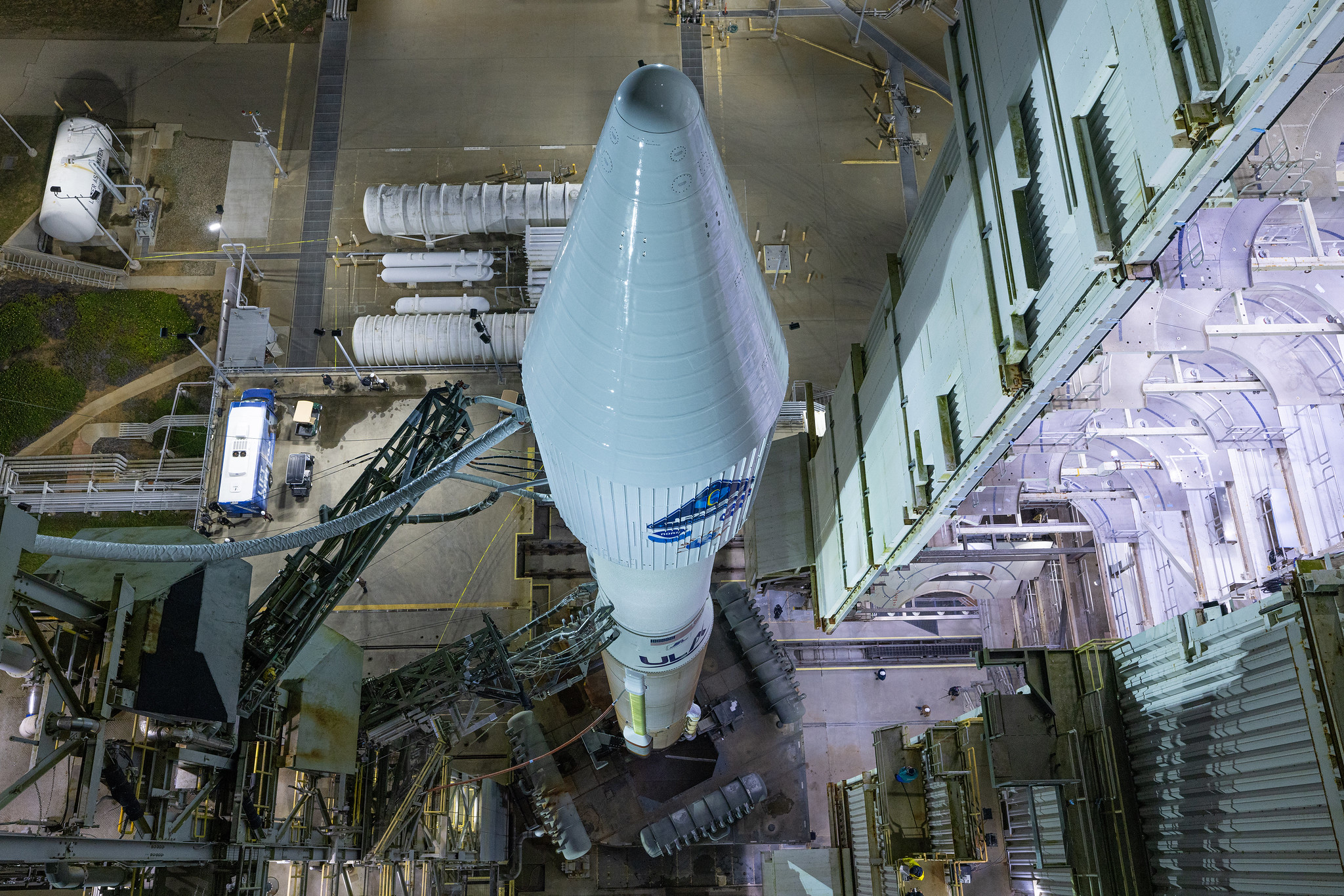
In just under 10 minutes, from Space Launch Complex-3 at Vandenberg Space Force Base in California, the United Launch Alliance (ULA) Atlas V 401 rocket carrying National Oceanic and Atmospheric Administration’s (NOAA) Joint Polar Satellite System-2 (JPSS-2) satellite will rumble to life, sending it and NASA’s secondary payload, the Low-Earth Orbit Flight Test of an Inflatable Decelerator (LOFTID) technology demonstration, on their missions. The fuel fill sequence has been initiated, and the rocket is being fueled with liquid oxygen (LO2) and rocket-grade kerosene (RP-1).
Prior to launch, originally targeted for 1:25 a.m. PST and moved to 1:49 a.m. PST, several sequences will be performed to ensure launch success. The fuel fill sequence will be completed, water deluge system actuation pressure adjustment will be performed, the LO2 in the Atlas booster and Centaur second stage will reach flight levels, as well as the liquid hydrogen fuel levels in the Centaur. Final launch polls are conducted and after a “go” to continue countdown is given, the spacecraft transfers to internal power and an automatic computer sequencer takes control for all critical events through liftoff. Fuel tanks reach flight pressure, and the Atlas first stage and Centaur upper stage switch to internal power. The launch control system is enabled, and ‘go’ for launch is verified before entering terminal countdown.
JPSS-2 is the third satellite in the Joint Polar Satellite System series and is designed to scan the Earth as it orbits from the North to the South Pole, crossing the equator 14 times a day to provide full global coverage twice a day. Operating from about 512 miles above Earth, JPSS-2 is expected to capture data to improve weather forecasts, helping scientists predict and prepare for extreme weather events and climate change.
LOFTID is a technology demonstration of a cross-cutting inflatable aeroshell, or heat shield, designed for atmospheric re-entry. The mission is dedicated to the memory of Bernard Kutter, a manager of advanced programs at ULA who championed lower-cost access to space and technologies to make that a reality. The technology demonstrated by LOFTID could be used for crewed and large robotic missions to Mars.
NASA’s Launch Services Program, based at the agency’s Kennedy Space Center in Florida, is responsible for managing the launch service. LOFTID is managed by the agency’s Langley Research Center in Hampton, Virginia, with contributions from various NASA centers: Ames Research Center in Silicon Valley, California; Marshall Space Flight Center in Huntsville, Alabama; and Armstrong Flight Research Center in Edwards, California.
Stay connected with the mission on social media, and let people know you’re following it on Twitter, Facebook, and Instagram using the hashtags #JPSS2 and #LOFTID and tag these accounts:
Twitter: @NASA, @NOAA, @NOAASatellites, @JPSSProgram, @NASA_LSP, @NASAKennedy, @NASAEarth, @NASAGoddard, @NASALangley, @NASA_Technology, @ULALaunch
Facebook: NASA, NOAA Satellites, NASA LSP, NASA Kennedy, NASA Earth, NASA_Langley, NASA Technology
Instagram: NASA, NASA Kennedy, NOAA Satellites, NASAEarth, NASA_Langley

